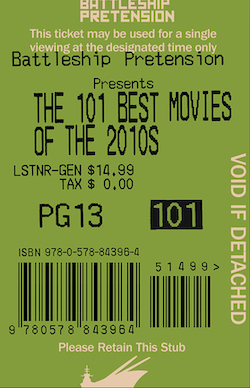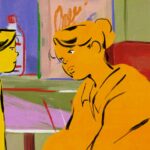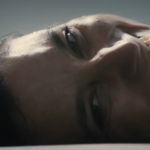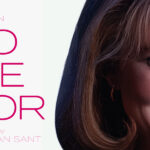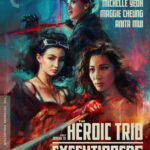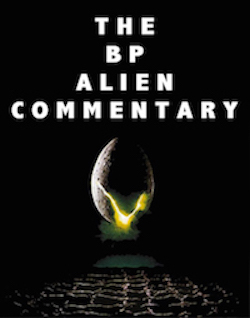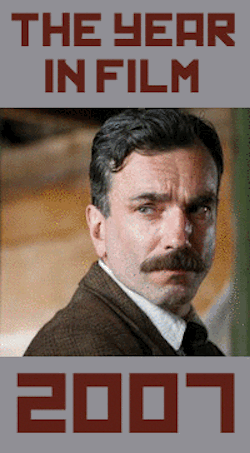Sankofa: Call and Response, by David Bax
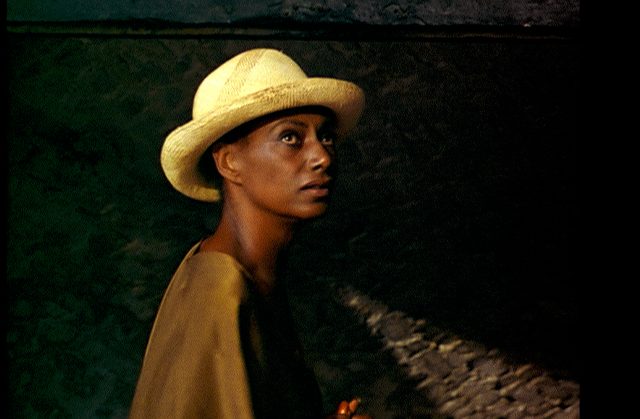
Nearly every movie ever made about slavery in America seems to have been made with a white audience in mind, either serving as a reminder to those too willing to consider the subject ancient history or, in the worst cases, turning human suffering into kitsch, empty calories trying to dress themselves up in unearned moral weight. Haile Gerima’s Sankofa–a little-seen 1993 film now restored and streaming on Netflix thanks in part to Ava DuVernay’s Array Releasing–is a whole different affair, made in ways both grand and granular to be seen by present day Black viewers.
Sankofa depicts the horrors of slavery–among them, rape and the threat of forced family separation–but never feels indulgent or exploitative in doing so. And it does so drenched in the glorious cinematography of Augustin Cubano. There’s an almost constant warm light, from the sun during the day and from candles at night, that underscores the idyllic nature of the plantation without romanticizing it.
Maybe that ironic juxtaposition of horror and beauty is less remarkable from an outsider’s perspective, which is what Sankofa is in many ways. Gerima was born and raised in Ethiopia and the film received funds from his home country as well as from Burkina Faso and Ghana.
That last country is where Sankofa begins its story, in the then-present day. A Black American fashion model (Oyafunmike Ogunlano) is doing a shoot at the Cape Coast Castle, one of the major departure points for Africans sold into slavery to start their forced journey to the Americas, when she is confronted by a local elder (Kofi Ghanaba) who drums and chants forcefully at her. Perhaps cursed, she finds herself transported back in time and held captive in the castle’s dungeons. Gerima’s chief motivation seems to surface when she starts to scream, “I’m not an African!” The film appears to be punishing her–and possibly indicting a great many Black Americans as well–for forgetting her own heritage.
Sankofa isn’t some lecture, though. Most of the time, it speaks in visual metaphors, like shots of birds flying free, or in the various religious allegories offered up by the competing points of view to be found among those enslaved on the plantation where the model, now inhabiting the body of a woman named Shola, ends up. Many of those born into slavery have adopted the Christianity of the place they live while the African-born among their number keep the faiths and traditions of their homelands. Various gods and devils appear in the stories both sides tell and live by, just like various gods and devils inhabit their daily lives.
So there’s a push and pull between Black Americans and their African counterparts in both of the film’s time periods. But Gerima’s strongest argument that the two sides are more connected than separated doesn’t appear on screen. It’s on the soundtrack. Scenes set in Africa are scored by the traditional music of the place. Scenes in America, though, are scored with jazz. Sankofa argues that the Black lineage across time and oceans is as recognizable and traceable as the traditions of Black folk music.











